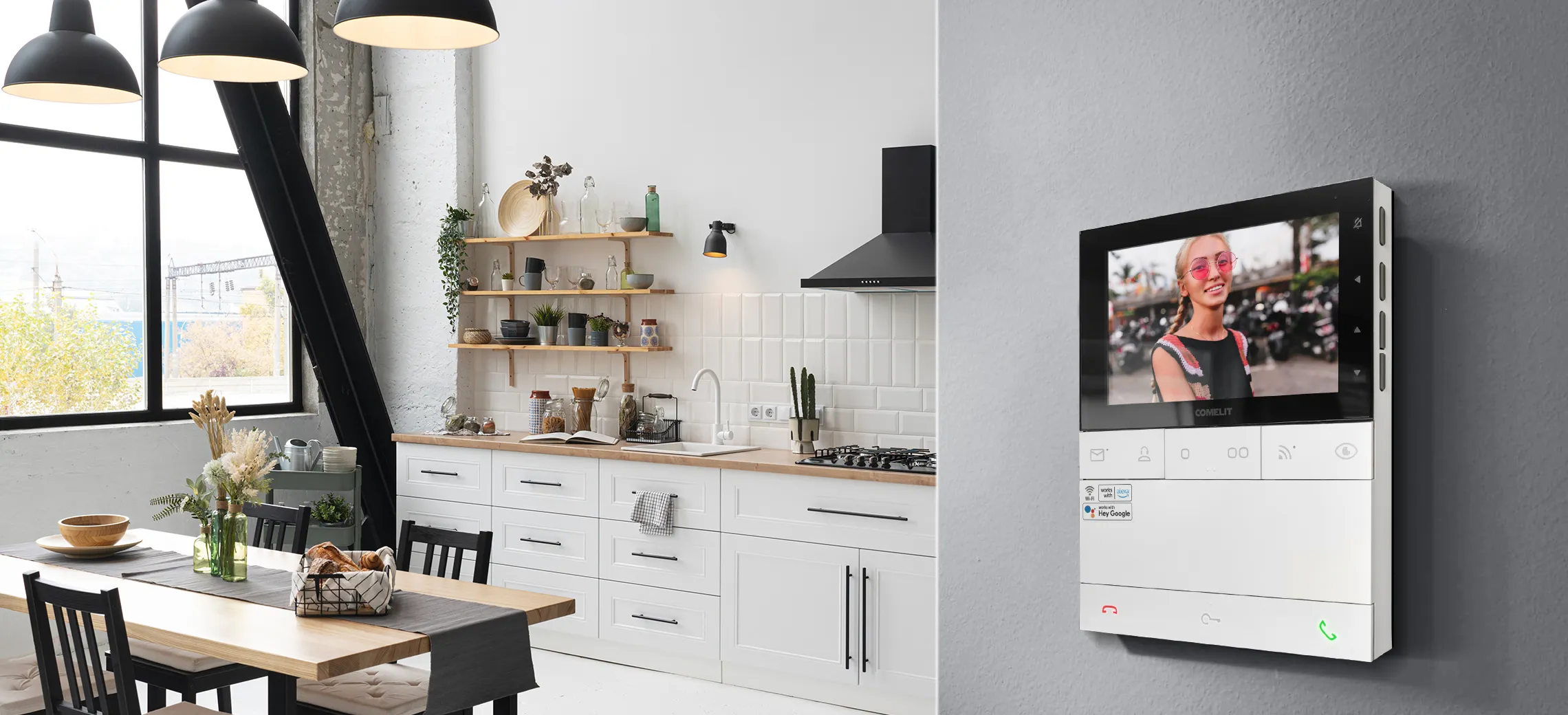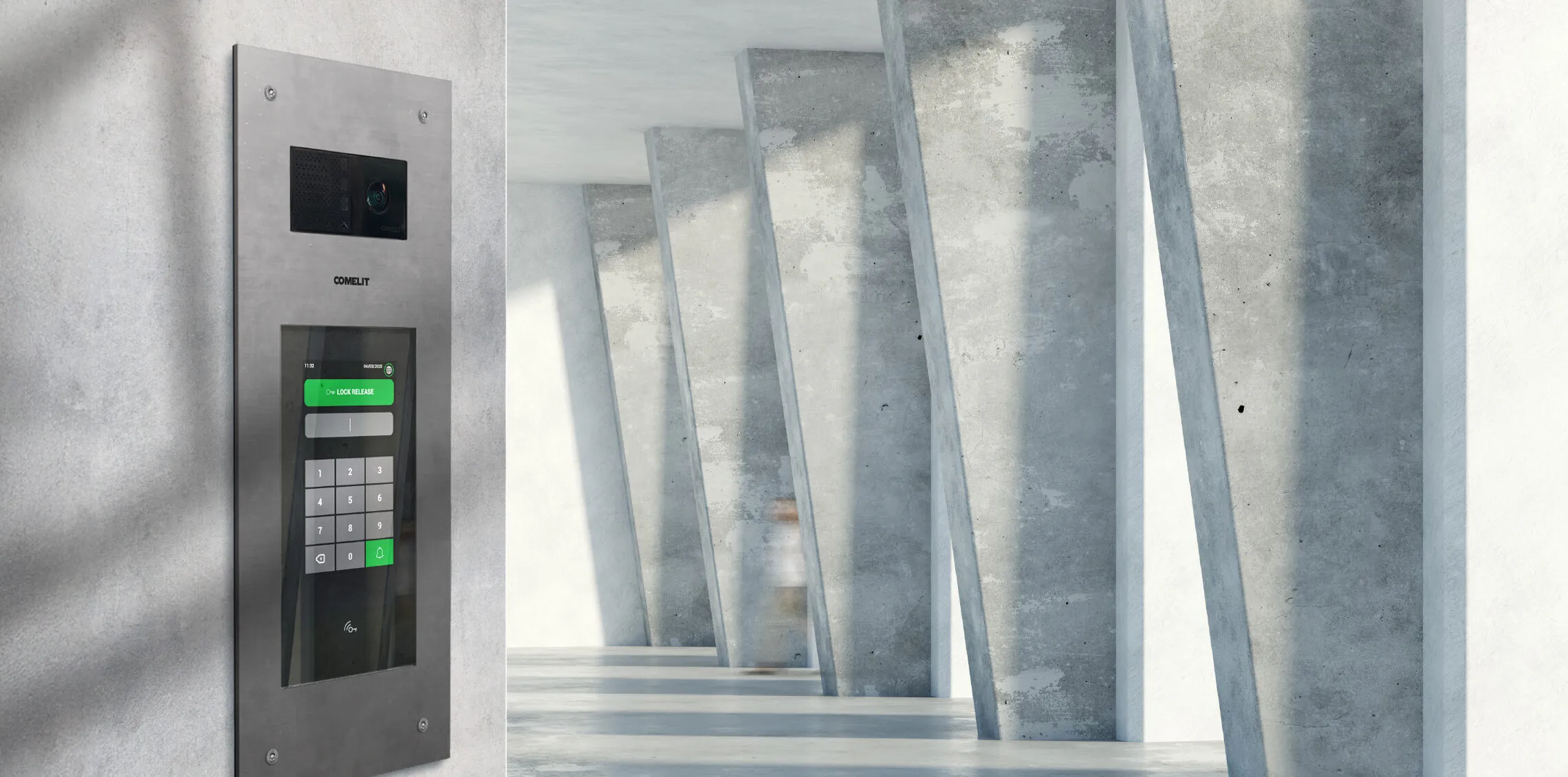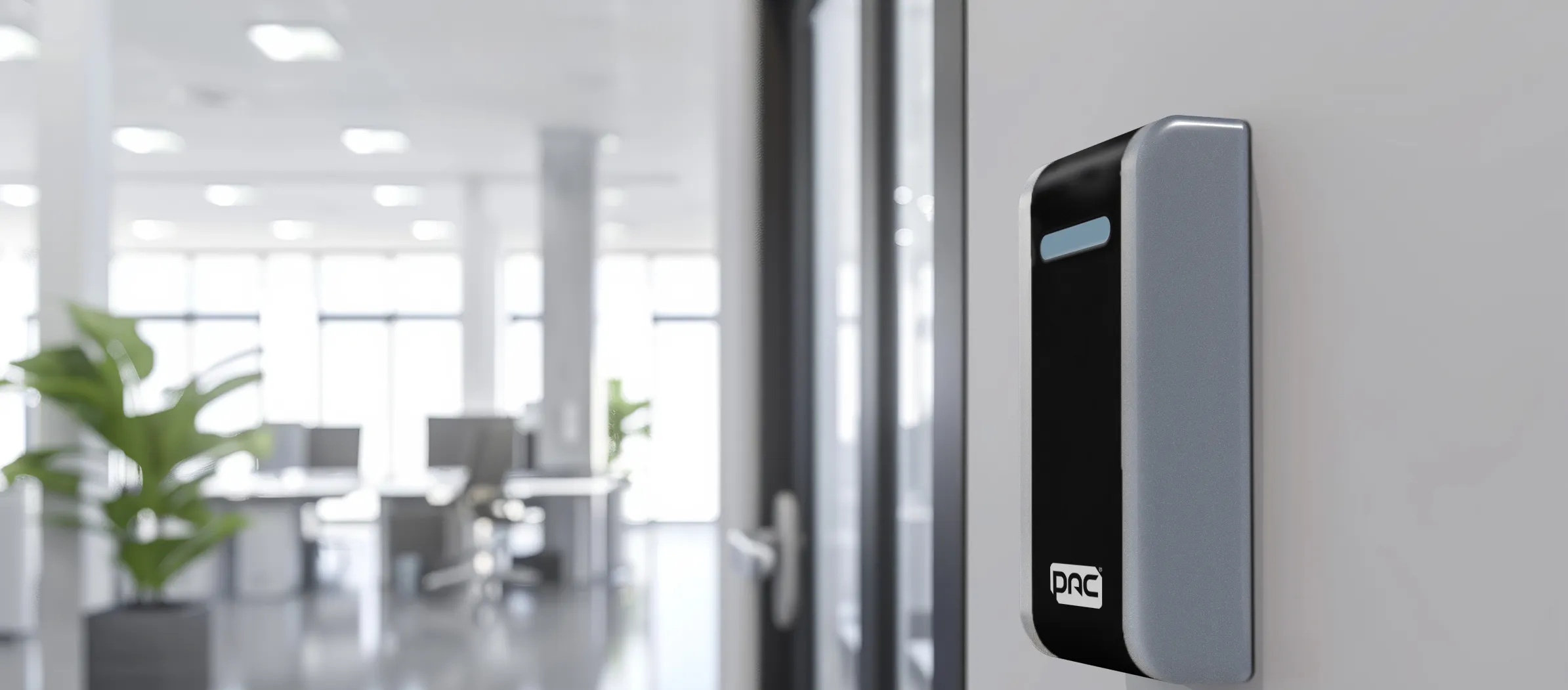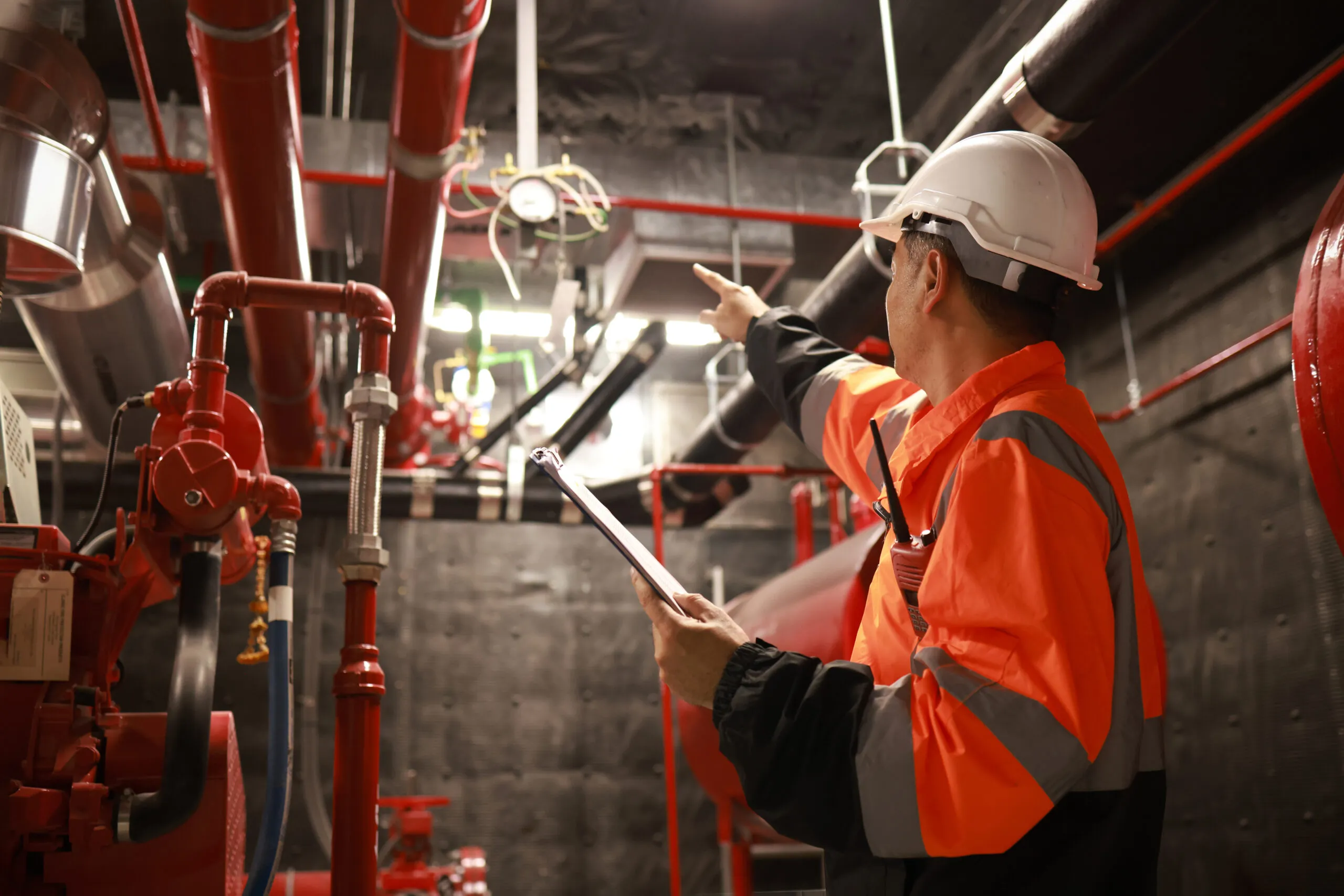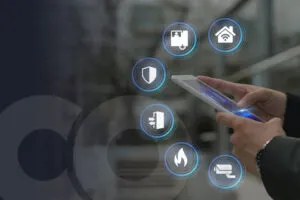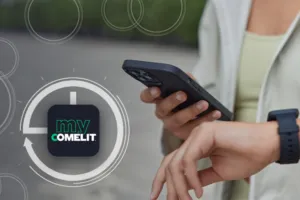Intrusion Control Panels: The Pillar of Modern Security
In today’s increasingly vulnerable world, where security threats range from burglary and vandalism to industrial sabotage, intrusion control panels play a vital role in safeguarding people, property, and operations.
Acting as the operational hub of a security system, these panels manage and coordinate connected devices – such as door contacts, sirens, and volumetric detectors – to ensure comprehensive protection. Their value lies not only in securing homes and businesses but also in their ability to adapt to diverse security needs.
From residential properties to industrial plants, hospitals, and commercial establishments, intrusion control panels are designed to tackle a wide range of challenges.
Meeting the Needs of Installers: Versatility and Scalability
For installers, selecting the right intrusion control panel involves navigating unique project requirements and diverse security environments. Each scenario demands products that can address specific needs, whether for safeguarding homes, ensuring business continuity, or protecting critical infrastructure.
Residential properties often require intuitive, reliable systems to provide peace of mind for homeowners. Meanwhile, commercial and industrial settings demand more complex solutions, where a security breach could disrupt operations and pose significant risks to employees and assets.
Versatility is essential in this context. The ideal intrusion control panel supports multiple configurations – wired, wireless, or hybrid – while integrating seamlessly with a broad ecosystem of devices, such as cameras, motion detectors, and alarms. This adaptability ensures that systems can meet the needs of different environments and clients.
Equally important is scalability. Security systems must evolve as requirements grow, whether by expanding coverage areas, adding new zones, or incorporating cutting-edge technology. Panels that support backward compatibility allow installers to integrate modern devices with existing systems, reducing costs and ensuring long-term usability.
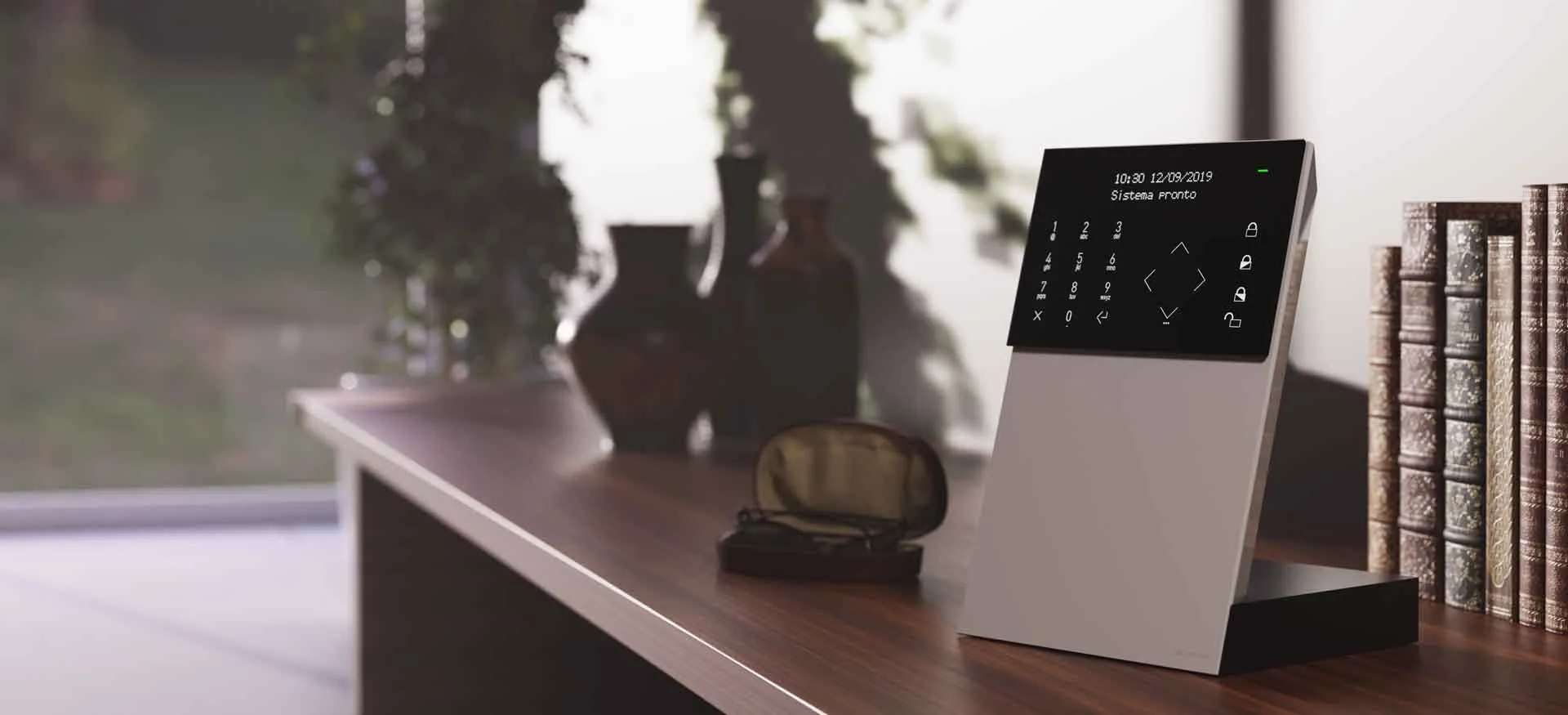
Simplifying Complexity: Why Ease of Use Matters
Intrusion control panels are the “brain” of a security system, orchestrating various components and managing their operational logic. While their functionality is advanced, the best panels prioritise user-friendliness during installation and configuration.
For installers, ease of use directly impacts efficiency. Systems that rely on wireless connectivity minimise the need for extensive cabling, saving time and reducing complexity.
Configuration wizards guide installers through setup processes, such as defining zones, enabling communication protocols, and integrating devices. This reduces dependency on manufacturers for technical support, allowing installers to deliver high-quality service faster.
For example, a retail store installation can be completed in hours rather than days, thanks to predefined setup tools and streamlined processes. These features ensure that even complex systems remain accessible, empowering installers to tackle more projects without compromising on service quality.
The Value of Remote Troubleshooting
Modern security systems must be easy to maintain over time. Cloud-based technology has revolutionized this aspect, enabling remote troubleshooting and management through familiar devices like laptops, tablets, or smartphones.
Installers can now update firmware, reconfigure settings, and monitor system performance without on-site visits. For those managing multiple customer systems, this capability is invaluable. Remote troubleshooting not only saves time and travel costs but also allows professionals to respond quickly to issues, maintaining customer satisfaction and trust.
For example, if a sensor in a manufacturing facility malfunctions, the installer can remotely diagnose and resolve the issue in minutes, avoiding costly downtime and ensuring continuous protection.
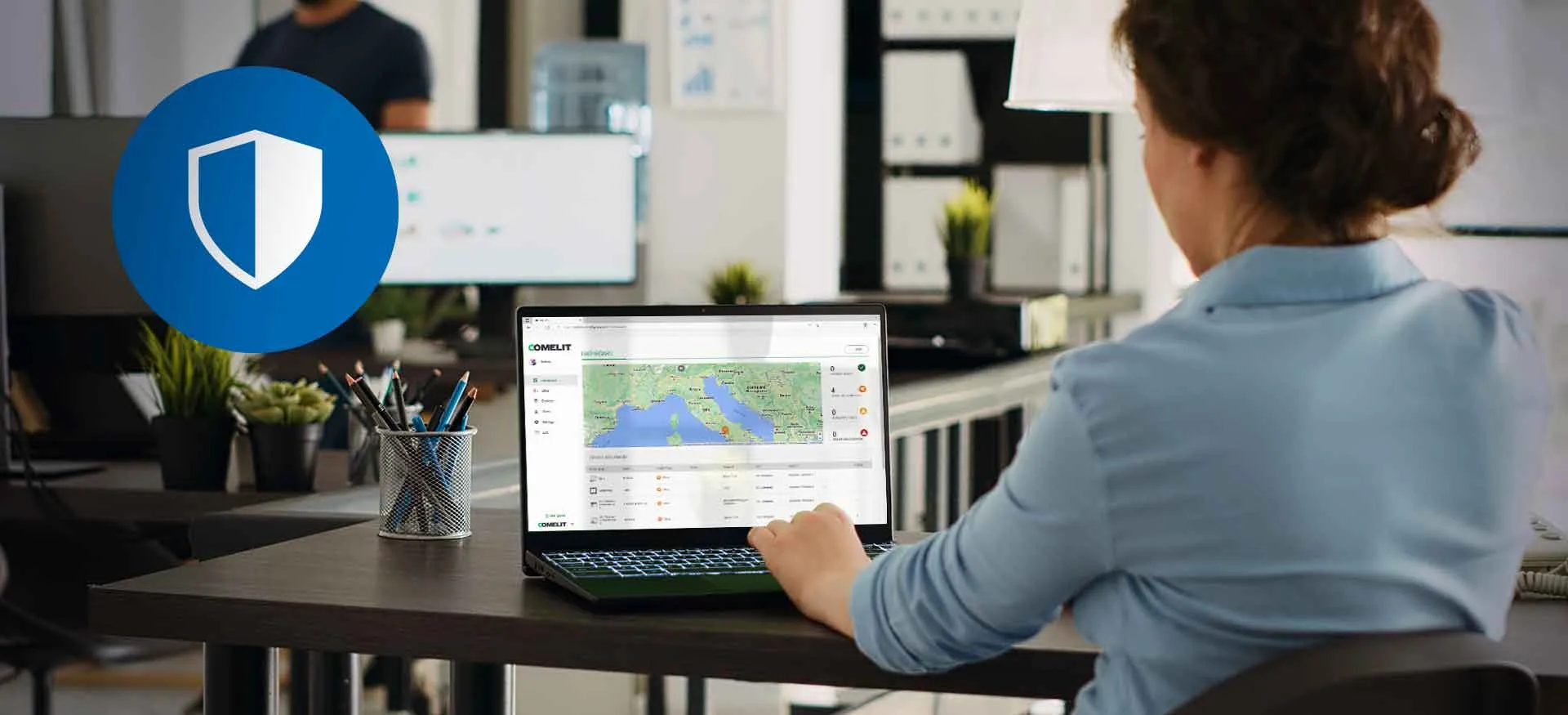
Choosing a Partner That Innovates
The rapid evolution of security technology underscores the importance of partnering with a forward-thinking manufacturer such as Comelit-PAC. Leading brands invest in innovations like IoT-enabled devices, cloud-based management, and advanced features such as facial recognition.
These technologies enhance functionality, simplify installation, and future-proof security systems against emerging threats.
For end-users, modern apps provide intuitive control over their systems, from arming/disarming zones to viewing live camera feeds. Installers benefit from tools that streamline workflows, such as automated updates and integration platforms. A manufacturer’s commitment to innovation ensures that their products not only meet today’s standards but are prepared for tomorrow’s challenges.
Support and Training: Beyond the Product
The installer-manufacturer relationship extends far beyond the initial purchase. Comprehensive support and training are crucial to ensure systems perform reliably throughout their lifecycle.
Manufacturers that offer multi-channel support—via phone, messaging platforms, and even on-site assistance—add immense value. Robust training programs equip installers with the knowledge to handle complex systems confidently, ensuring they can deliver superior results to their clients.
For example, an installer working on a large office building benefits greatly from quick access to expert advice and clear training materials, which can help address unique challenges during installation and maintenance.
The Core of Modern Security
Intrusion control panels are more than just components; they are the foundation of robust, adaptable, and future-ready security systems. By choosing solutions that prioritise versatility, scalability, and innovation, installers and businesses can ensure long-term safety and operational peace of mind.
Interested?
We’re here to support you every step of the way to ensure a seamless experience.
Contact our sales team or share your details, and we’ll be in touch shortly.

